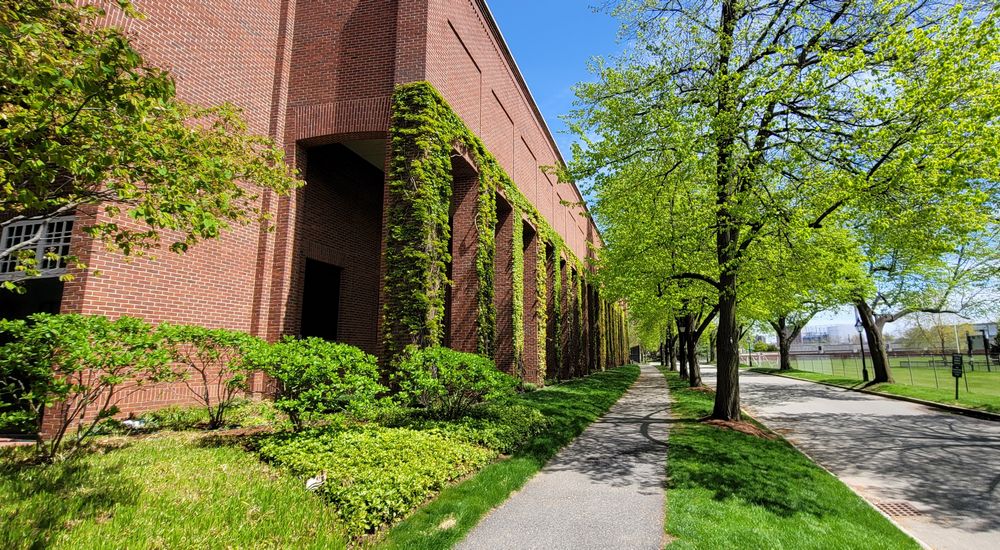The Belgian way to vegetalize school access ways in 4 steps
Bruxelles believes in vegetalized schools and has tasked its cabinet of experts to prepare and publish complete guides on the subject.

Will schools with kitchen gardens, flower beds to stimulate the senses and permeable soils become standard? Belgium, and more precisely Brussels, believes in vegetalized schools, so much so that the capital has tasked its cabinet of experts to prepare and publish complete guides on the subject. In 2021, school yards were already the subject of a publication. In 2022, it is the turn of school accesses to go green.

A transverse approach to vegetalizing schools
Brussels has understood that vegetalizing schools solves a wide range of problems met by school directors, public authorities and the parents of pupils. The presence of nature contributes a host of benefits including:
- calming rowdy students;
- improving concentration by filtering ambient noise;
- teaching kids about biodiversity through workshops and gardening;
- cooling “heat pockets” in school yards.
Other benefits, discussed in this article, contribute to convincing public authorities of the interest of this approach. The Belgian capital started vegetalization of schoolyards in 2021 – and has not said its last word. In a 104-page guide “perspective.bruxelles” explains how to vegetalize school access paths, which are not suitable for the needs of young people.
On the menu: safer, friendly, accessible, identifiable, and green school surroundings. And just on this last point, there is a lot to do!
1. Choose local plants and materials
The guide says, “Choose local, resistant trees and plants that do not need much maintenance and are adapted to the type of soil.” This choice promotes biodiversity (provided you choose a varied selection of vegetation!) and recreates a self-regulating ecosystem by layering the plantation. As for the materials, they have to be tough, possibly from demolition sites or produced and trucked in with a minimum of CO2 emissions.
2. Keep air quality good
Nobody wants their kids to breathe polluted air. However, in Brussels in 2022, all schools exceeded the annual nitrogen dioxide average of 10µg/cu.m set by the latest recommendation of WHO (1). To clean up the surroundings, tree leaves are our best tools for collecting pollution.
3. Improve surface water infiltration management
To effectively absorb rainwater, demineralizing school yards and their surroundings is not enough. Use easily flooded valleys, ditches, pools and well-drained squares to improve soil water retention capacity and ensuring that the water runs in the right direction (towards the flowerbeds and the feet of trees) is a great way to save water!
4. Vegetalizing schools teaches a vision of nature
Schools are places which teach not just subjects but also life and living. And this training can begin with an aromatic herb border on a sidewalk or with information panels about the plants in the beds. To make pupils aware of the importance of rain water management, gutters showing how water flows and fill barrels are a possibility to consider.
After providing innovative green solutions for school yards and access ways, will Brussels’ next step be to vegetalize the classrooms? We hope that the 2023 edition of the guide will address this subject as the kids go back to school!
(1) RTBF: Qualité de l'air: une soixantaine d'écoles bruxelloises en zone trop polluée
© Photo credit: Beom / Adobe Stock



